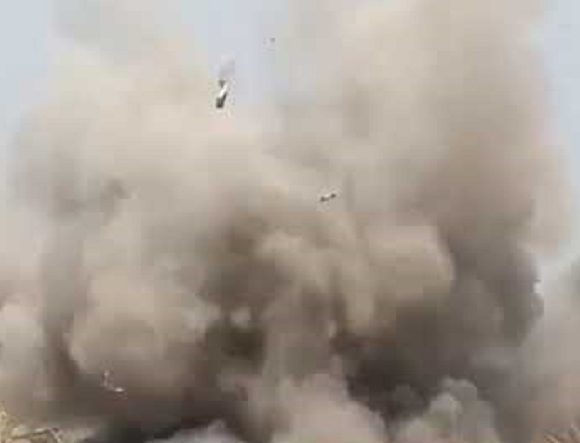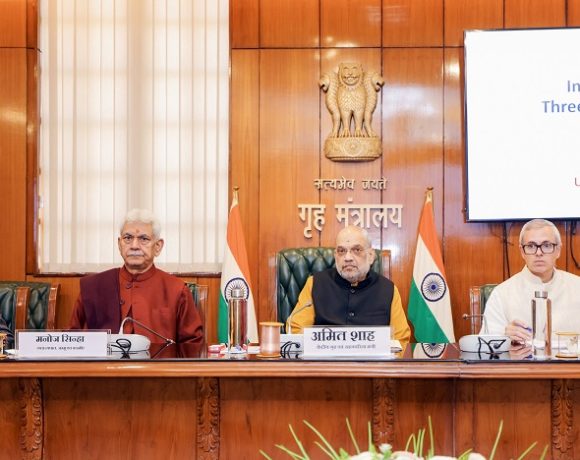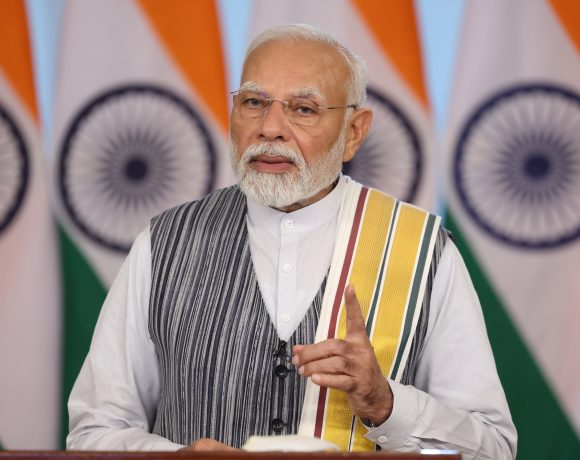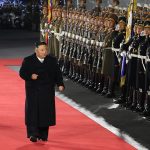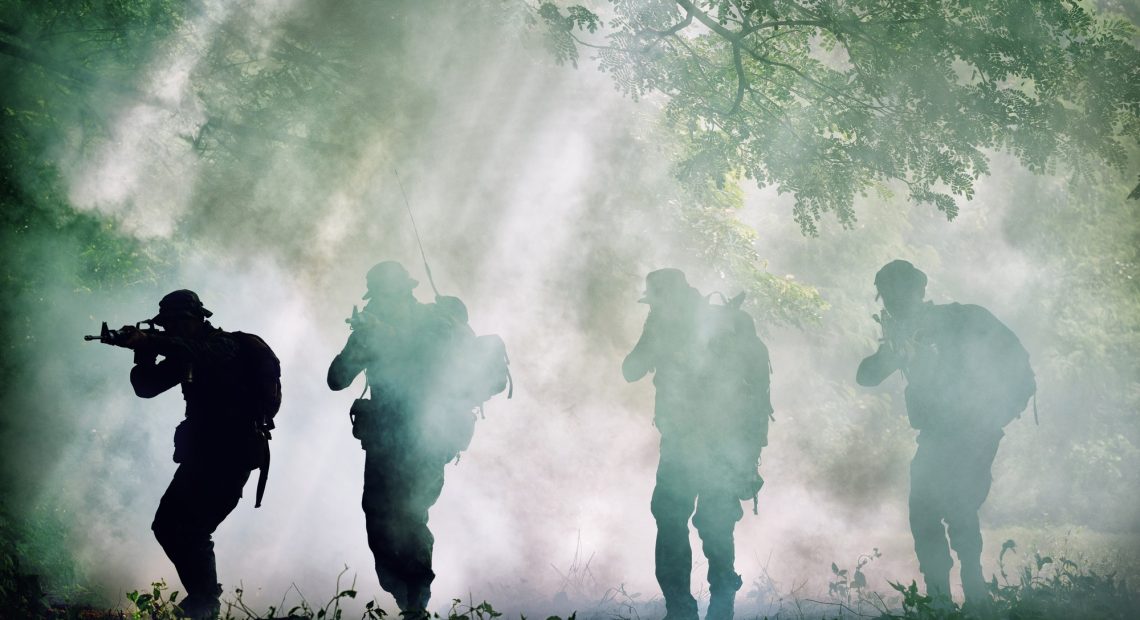
Top Maoist Leader Basavaraj Among 27 Killed in Encounter
n a significant blow to left-wing extremism, security forces have killed at least 27 Maoists in an intense operation conducted in the Abujhmad forest region of Narayanpur district, Chhattisgarh. Among those neutralized is Nambala Keshava Rao, also known as Basavaraj, the General Secretary of the Communist Party of India (Maoist). Basavaraj, a top commander carrying a reward of ₹1 crore on his head, was the most senior figure in the Maoist hierarchy and a mastermind behind multiple deadly attacks on Indian security personnel.
Maoist Encounter in Chhattisgarh Forests
The operation, which began on May 19, 2025, culminated in a heavy exchange of fire on May 21. Acting on intelligence inputs, a coordinated team of the District Reserve Guard (DRG), Special Task Force (STF), and other paramilitary units launched a strike deep into the Maoist-controlled territory of Abujhmad. The operation was marked by high-risk jungle warfare and required a 25-kilometre trek into the forest.
Officials confirmed that a large cache of arms and ammunition was seized from the site, indicating that the group was preparing for large-scale action. Senior police sources said that drones and satellite surveillance were also used to monitor Maoist movement before the strike.
Basavaraj’s Death: A Major Blow to CPI(Maoist)
Basavaraj, who replaced the previous CPI(Maoist) leader Muppala Lakshmana Rao (Ganapathy), was considered the ideological and strategic head of the Maoist movement. His elimination is being termed as one of the most decisive successes in recent years. With his death, the Maoist central committee is now believed to be leaderless, and the organizational structure may take a severe hit.
Security agencies have noted that the top leadership being wiped out in a single encounter is unprecedented. Basavaraj’s operational reach extended across states like Chhattisgarh, Telangana, Odisha, and Jharkhand. His loss is likely to cause a major disruption in coordination and recruitment activities of the insurgent group.
Government Reaction and Security Implications
Chhattisgarh’s Deputy Chief Minister Vijay Sharma praised the operation as a major milestone in the fight against extremism. “This was a high-risk operation in the Maoist heartland. I commend the bravery and commitment of our jawans. The message is clear — no one who picks up arms against the state will be spared,” he said in a press statement.
Home Ministry officials also noted that this success will give a morale boost to security forces in other conflict zones. The government is now expected to ramp up combing operations in adjacent districts, particularly those bordering Maharashtra and Odisha, to prevent retaliatory strikes by any surviving Maoist cadres.
What Comes Next?
With the elimination of Basavaraj and several senior Maoist leaders, intelligence agencies believe the outfit is in a state of disarray. However, officials have cautioned against complacency, warning that localised cells may still attempt isolated attacks. Surveillance and on-ground intelligence efforts are being intensified in anticipation of possible countermeasures.
This encounter marks one of the deadliest blows dealt to the Maoist insurgency since its peak in the mid-2000s. While the CPI(Maoist) has not yet issued a formal statement, internal communications intercepted by agencies indicate panic and confusion within their ranks.



